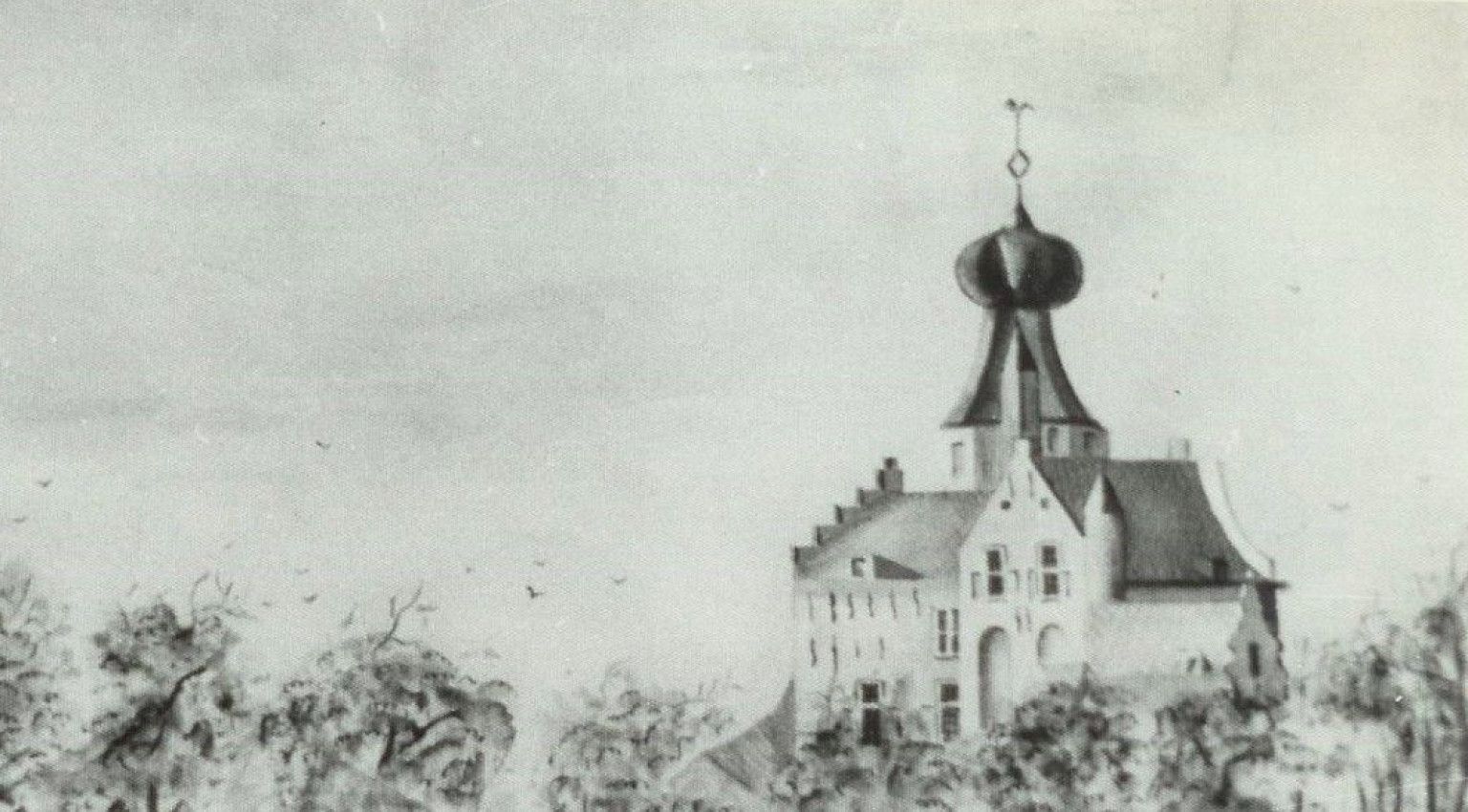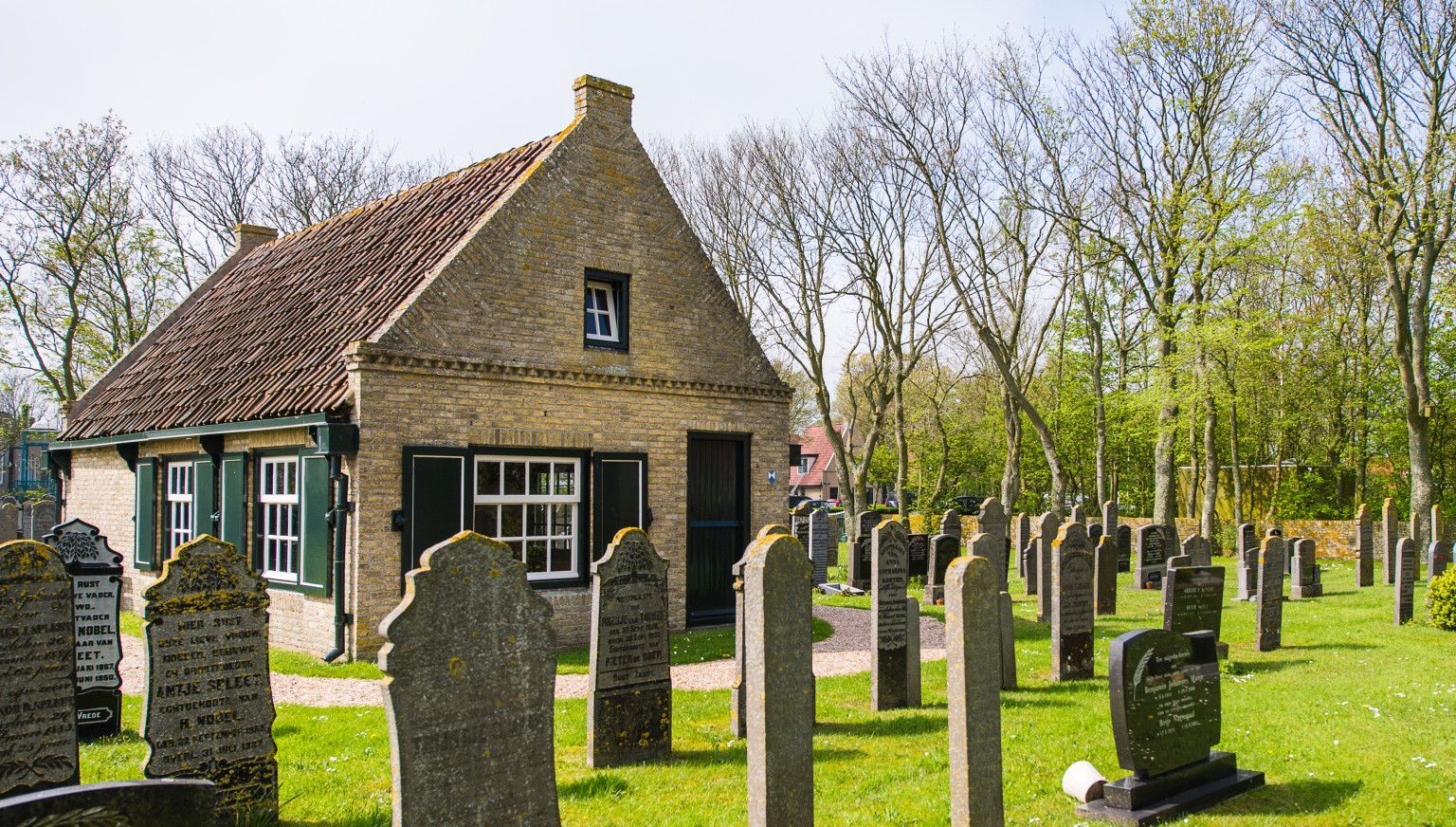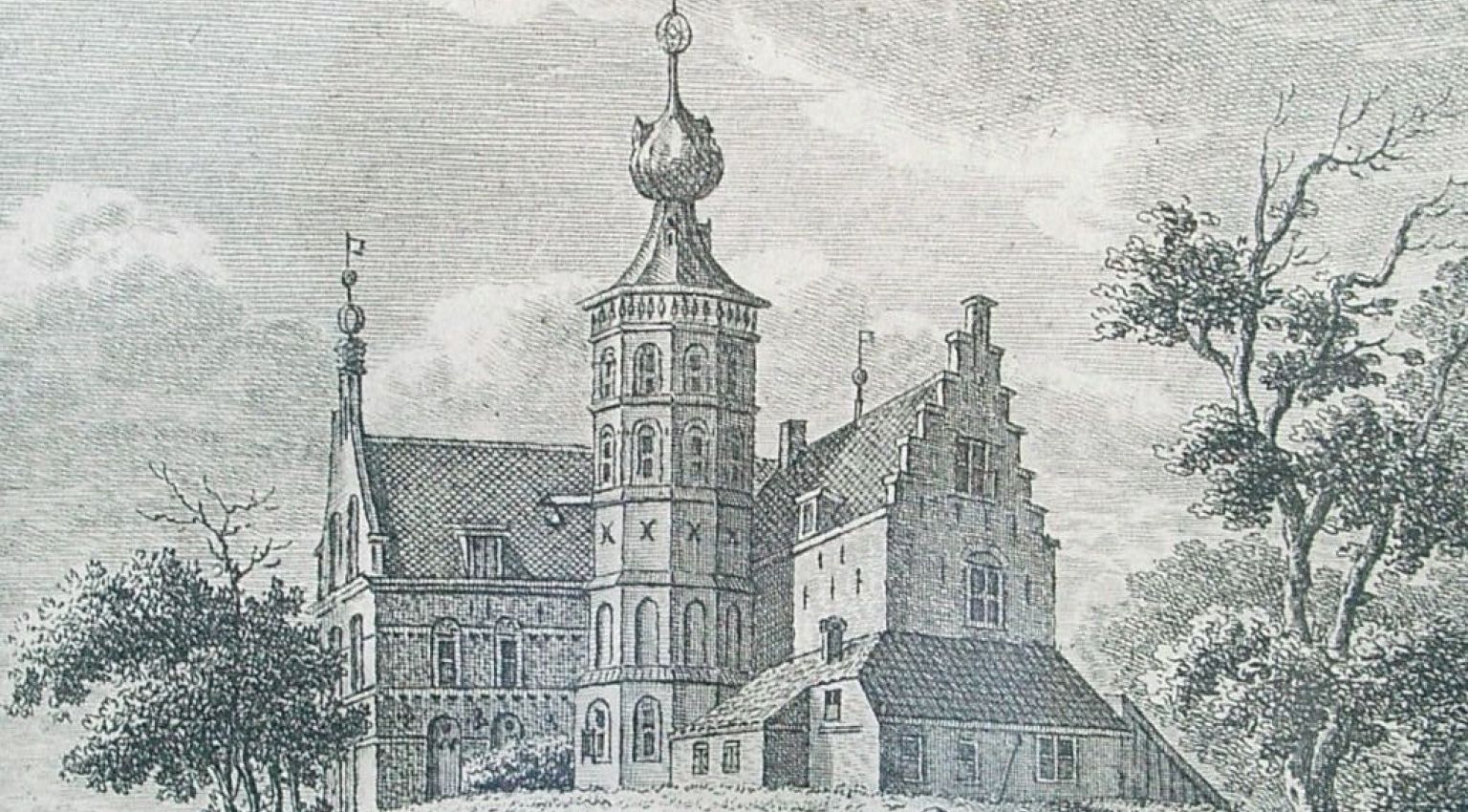
Ameland – an independent island
Did you know that Ameland was once an independent island? From the 14th century onwards, it was known as a free lordship, governed by the influential Van Cammingha family.
This strategic and powerful family ensured that the island could chart its own course for a long time, independent of Friesland or Holland.
Image: Amelander history
The free lordship of Ameland
For centuries, Ameland held a unique position as an independent island. Caught between the Dutch and the Frisians, who were constantly at odds, the island managed to pursue a policy of neutrality from the 1400s onwards. This neutrality not only granted Ameland a special status but also allowed it to chart its own course in turbulent times.

The rise of the Camminghas
In the 15th century, Ritske Jelmera played a key role in the island’s history. This wealthy and influential man from the Frisian nobility had a castle built in Ballum. This castle, which would remain the centre of power on Ameland for generations, eventually came into the hands of Hayo Jelmera, better known as Hayo van Cammingha. Under the rule of the Cammingha family, the island remained largely neutral for over two hundred years, even during the war between Spain and the Netherlands.
However, peace did not last forever. The island’s inhabitants felt that Ameland’s rulers had too much power. Tensions ran high at times, but in 1629, calm was restored when Spain once again recognised Ameland’s neutrality.
Image: Amelander History
Ameland sold – From the Camminghas to the Oranges
In 1681, the last Cammingha passed away, and the island came into the possession of the Theo Schwartsenberg Hohenlandsberg family. Not long after, in 1704, Ameland was sold to Johan Willem Friso, the hereditary stadtholder of Friesland, for 170,000 guilders. For the first time in history, Ameland came under the rule of the House of Orange, marking the end of a long period of independence. Although the island was no longer a de facto mini-state, it remained legally autonomous. It was not until 1801 that Ameland was officially incorporated into Friesland as a "grietenij," a form of administration comparable to a modern municipality.


The end of the castle in Ballum
The Cammingha Castle, once a symbol of power and independence, changed hands several times in the years that followed. Eventually, in 1829, it was demolished by merchant Jan Scheltema, who had purchased it for that very purpose. With its destruction, a tangible piece of history disappeared, but the stories of the castle and Ameland’s centuries of neutrality remain an inseparable part of the island’s heritage.
Image: Amelander history

Traces of history
The driveway and the small park surrounding the present-day town hall still preserve a touch of the grandeur of the past. In addition, Ballum is home to the historic mortuary on the old cemetery, where members of the Van Cammingha family are buried – a remarkable site that serves as a reminder of their influential role in the island’s history.
A unique heritage
Ameland’s history is rich with stories and unique events. The island was well known for its strategic location, making it an important hub for shipping and trade. Its independent status made Ameland a remarkable place within the Netherlands. Over the centuries, the island has retained its distinctive character, something still visible today in its villages and traditions.
Would you like to learn more about this fascinating history? Visit the Sorgdrager Museum in Hollum, where you can discover more about the lives and legacies of the Van Cammingha and Nassau families.
Further reading and sources
- Amelander historie (only in Dutch):
- VVV Ameland:
- De Canon van Ameland (only in dutch)
